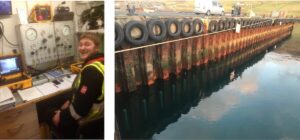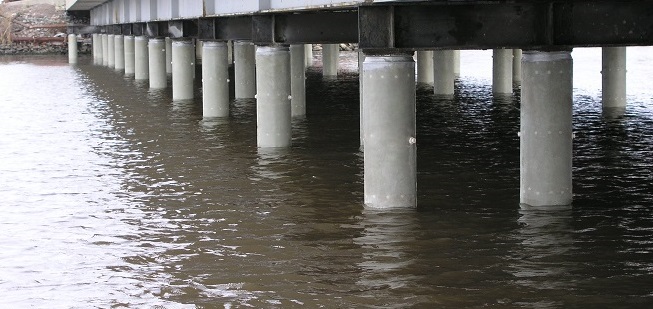Marine structures, constantly exposed to the harsh and corrosive environment of the sea, require robust protection to ensure their longevity and structural integrity. Anodes, a fundamental component of cathodic protection systems, play a crucial role in safeguarding these structures from corrosion. This article delves into the realm of anodes, exploring the various types that exist and their vital function in preserving the integrity of marine structures. From sacrificial anodes to impressed current anodes, understanding their distinct properties and mechanisms is essential for comprehending how these unassuming devices shield vital marine infrastructure from the relentless forces of nature.
Sacrificial Anodes:
Sacrificial anodes, also known as galvanic anodes, are a common form of corrosion protection for marine structures. These anodes are typically made of metals that are more reactive than the structure they are meant to protect, such as zinc, aluminum, and magnesium. When connected to the structure, sacrificial anodes undergo corrosion themselves instead of the protected structure. This sacrificial corrosion process effectively prevents the marine structure from corroding, as the anode material sacrifices itself to protect the more valuable asset. Sacrificial anodes are widely used on ships, offshore platforms, pipelines, and other submerged structures.
Impressed Current Anodes:
Impressed current anodes provide a more controlled and customizable method of corrosion protection. Unlike sacrificial anodes, impressed current anodes require an external power source, typically a rectifier, to drive the protective current. This current flows from the anode to the structure, counteracting the corrosion process. Impressed current anodes are often used in situations where a higher level of corrosion protection is required, or when sacrificial anodes may not be feasible due to limitations in space or accessibility. They are commonly utilized in large-scale marine infrastructure projects, such as ports, docks, and harbor facilities.
Mixed Metal Oxide Anodes:
Mixed metal oxide (MMO) anodes are a specialized type of impressed current anode that offers enhanced durability and efficiency. These anodes are constructed by coating a titanium substrate with a mixture of metal oxides, creating a catalyst that facilitates the cathodic protection process. MMO anodes are particularly effective in challenging environments, such as highly saline water or areas with high current density. Their longevity and resistance to chemical degradation make them a preferred choice for critical marine structures like offshore wind turbines and subsea pipelines.
Hybrid Anode Systems:
In some cases, hybrid anode systems combine the benefits of both sacrificial and impressed current anodes. These systems are designed to optimize corrosion protection by using sacrificial anodes to provide initial protection and impressed current anodes to provide long-term and continuous protection. This approach is often employed in scenarios where structures have complex geometries or face varying levels of corrosion risk.
In conclusion, the importance of anodes in safeguarding marine structures from corrosion cannot be overstated. The diversity of anode types available allows for tailored corrosion protection solutions that suit the unique requirements of each structure and environment. From the sacrificial sacrifice of galvanic anodes to the controlled protection of impressed current anodes and the specialized efficiency of MMO anodes, these unassuming devices stand as the guardians of marine infrastructure, silently battling the elements to ensure durability and resilience for years to come.

What are various types of anodes and how do they protect marine structures?
The article discusses various types of anodes used to protect marine structures from corrosion. Sacrificial anodes, such as zinc, aluminum, and magnesium anodes, work by corroding instead of the structure they're protecting. Impressed current anodes use an external power source to drive the electrochemical reaction, offering more control and efficiency. Galvanic isolation anodes prevent the flow of electric current between dissimilar metals to reduce corrosion. Anode selection depends on factors like water salinity, structure material, and environmental conditions.
